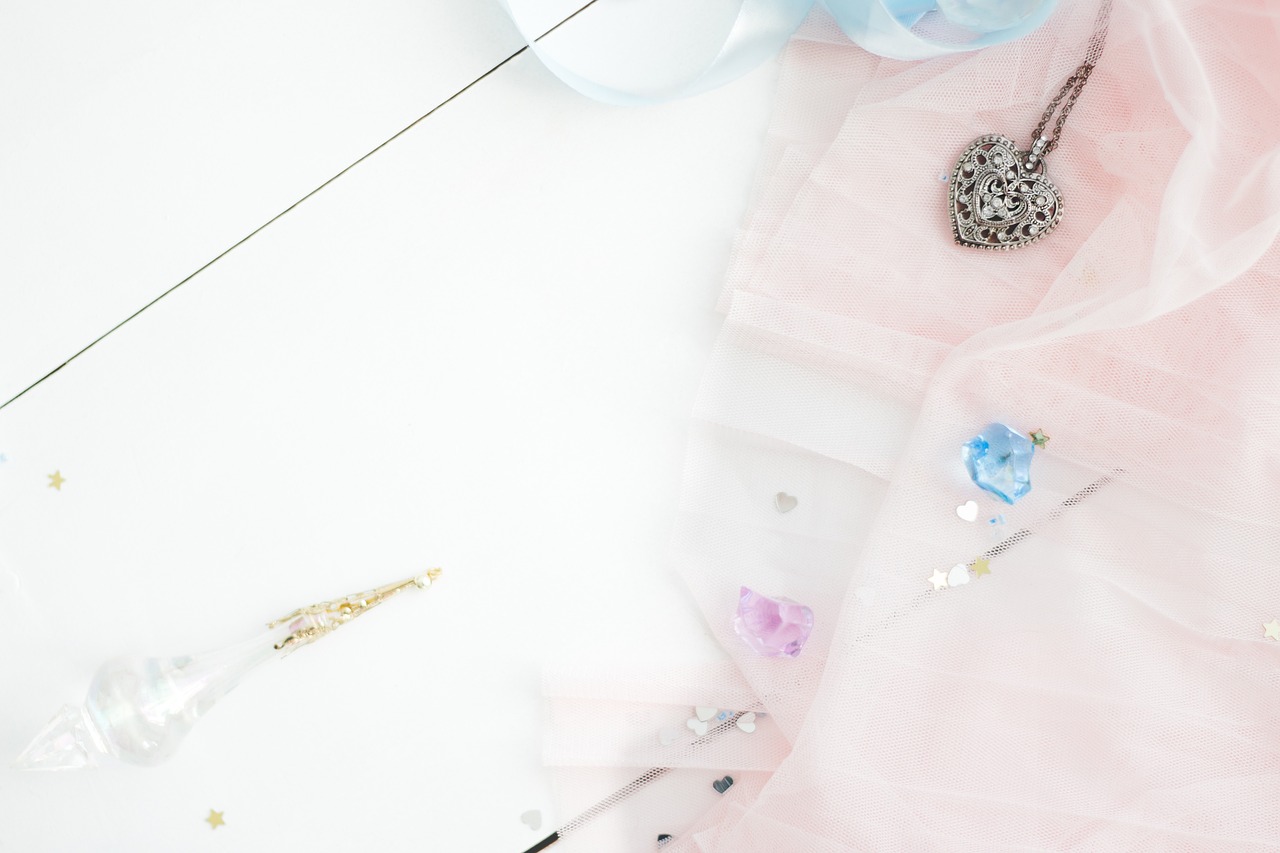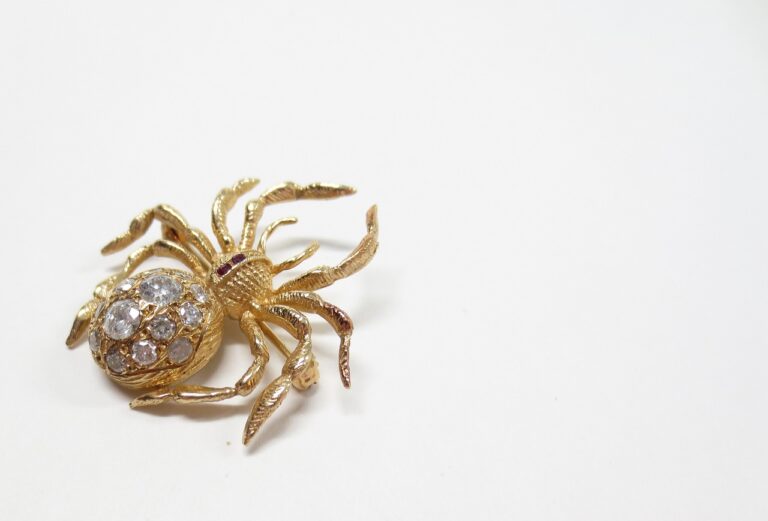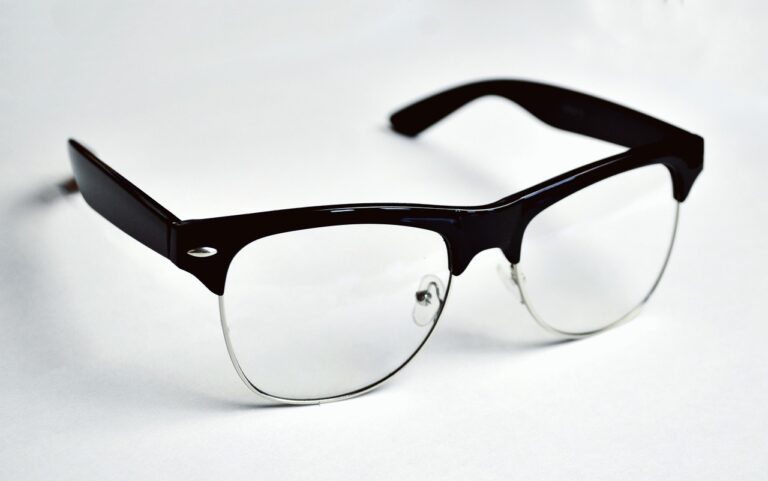Fabric Trends in Sustainable Running Accessories: Earth-Friendly Gear for Joggers: 11xplay online id login, India24bet login, Skyinplay
11xplay online id login, india24bet login, skyinplay: Today, more and more runners are not only focused on improving their performance but also on minimizing their environmental impact. With the rise of sustainability in sportswear, the market for eco-friendly running accessories has been flourishing. One of the key elements of sustainable running gear is the fabric used in its production. Let’s take a look at some of the fabric trends in sustainable running accessories that are helping joggers reduce their carbon footprint while staying comfortable and stylish.
Natural fibers like organic cotton, hemp, and bamboo are gaining popularity in the sustainable running gear market. These fabrics are biodegradable, renewable, and require less water and chemicals to produce compared to traditional synthetic fibers. Organic cotton is grown without harmful pesticides, making it a safer option for both the environment and the wearer. Hemp is a durable and versatile fabric that is naturally resistant to mold and UV rays, making it ideal for outdoor activities like running. Bamboo is another sustainable option that is soft, breathable, and moisture-wicking, keeping runners comfortable during their workout.
Recycled materials like recycled polyester, nylon, and even plastic bottles are being used to create sustainable running accessories. By diverting waste from landfills and reducing the need for virgin resources, recycled fabrics are a great choice for eco-conscious runners. Recycled polyester, for example, is a popular choice for activewear as it is lightweight, breathable, and fast-drying. Recycled nylon is also a durable and long-lasting fabric that can withstand the rigors of running.
Innovative fabrics like Tencel, Modal, and Lyocell are also making their way into sustainable running accessories. These fabrics are derived from natural materials like wood pulp and are produced using environmentally friendly processes. Tencel, for instance, is known for its softness, breathability, and moisture-wicking properties, making it an excellent choice for runners. Modal is a sustainable alternative to cotton that is silky smooth and resistant to shrinkage. Lyocell is a versatile fabric that is strong, breathable, and biodegradable, making it a sustainable option for running gear.
With the increasing demand for sustainable running accessories, more and more brands are incorporating these eco-friendly fabrics into their product lines. Companies like Patagonia, prAna, and Adidas are leading the way in sustainable sportswear, offering a wide selection of earth-friendly gear for joggers. By choosing running accessories made from sustainable fabrics, runners can not only reduce their environmental impact but also support brands that are committed to making a positive change.
FAQs:
Q: Are sustainable fabrics as durable as traditional synthetic fabrics?
A: Yes, sustainable fabrics like recycled polyester and nylon are just as durable and long-lasting as traditional synthetics, making them a great choice for running gear.
Q: Are sustainable fabrics more expensive than traditional fabrics?
A: While sustainable fabrics may come at a slightly higher price point, the long-term benefits to the environment and the wearer make them a worthwhile investment for eco-conscious runners.
Q: How can I ensure that my running accessories are truly sustainable?
A: Look for certifications like GOTS (Global Organic Textile Standard) and Bluesign that guarantee that the fabrics used in your gear are produced ethically and sustainably. Additionally, do some research on the brand’s sustainability practices to ensure they align with your values.







